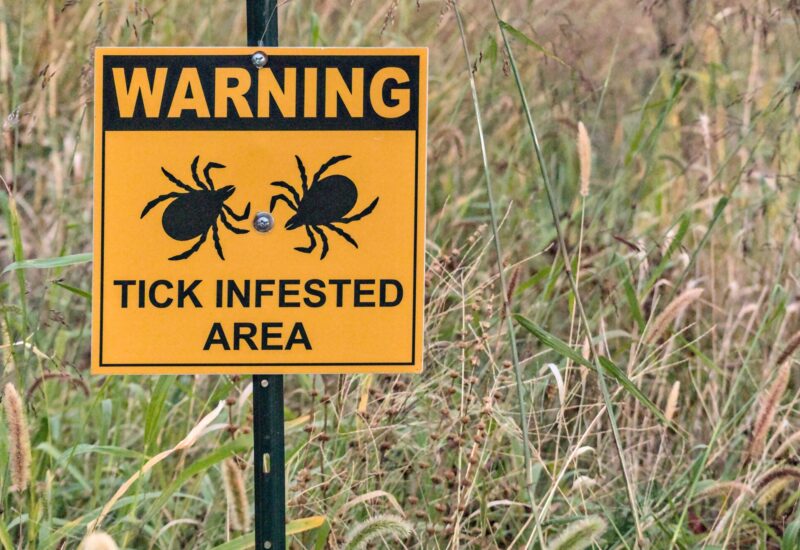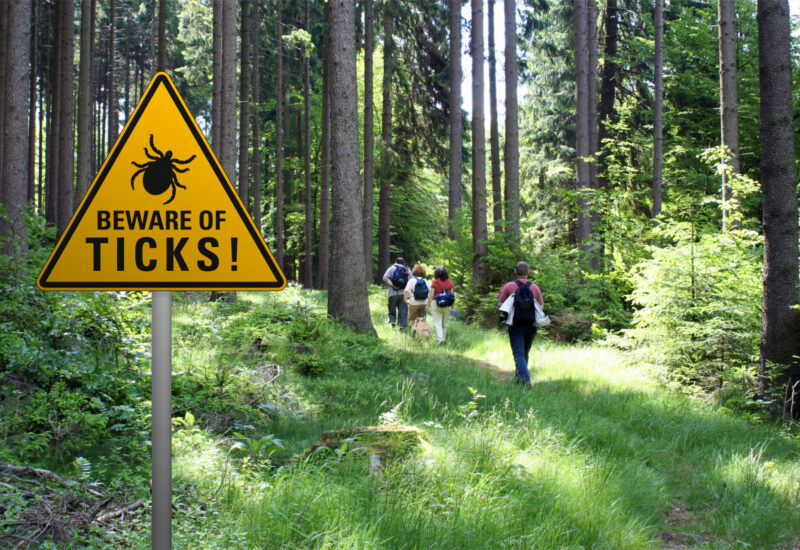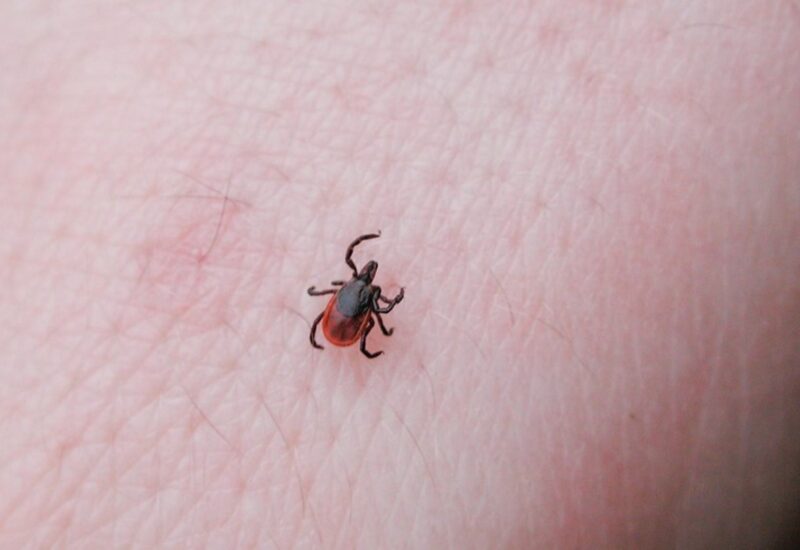Powassan Virus Threatens Northeastern United States

Dangerous Tick-Borne Illness a Current Threat to Humans’ Nervous Systems, could be Fatal
Each year we anxiously await the return of summer and outdoor activities.
And, each year, the threat of an increased tick population and tick bites loom over our heads.
This year is no different (as if we didn’t have enough to worry about). While tick bites can spread a variety of diseases, Lyme disease is probably the most commonly referenced disease transported by ticks.
But, believe it or not, there are potentially worse diseases spread by ticks, including those in the Northeast United States.
One of those is the potentially deadly Powassan virus.
Powassan virus can be spread via bites by infected deer ticks, attacks the nervous system, and cause long-term damage in humans.
This isn’t the first occurrence of the tick-borne disease in the Northeast. In fact, the Centers for Disease Control and Prevention confirmed 24 cases in New York and 22 cases in Massachusetts between 2009 and 2018. There have also been cases reported in Maine, New Hampshire, Connecticut, and Rhode Island, as well as Pennsylvania and New Jersey, since 2009.
Cases are reported to the CDC by state and local health departments and happen most frequently from late spring through mid-fall when ticks are most active.
As tick populations are expected to increase each year, health officials are anticipating an influx in the spread of Powassan virus directly related to the increased population.
What is Powassan Virus?
Powassan virus, also known as POW, is more aggressive than Lyme disease and other tick-borne diseases.
An RNA virus, meaning it has ribonucleic acid as its genetic material, Powassan virus belongs to the genus Flavivirus and is related to West Nile virus and St. Louis encephalitis.
The virus can cause severe issues — including infection of the brain.
Unlike Lyme disease, a bacterial infection, the Powassan virus cannot be treated with antibiotics.
Although it is still rare, cases have been increasing in recent years.
Most cases in the United States have been reported in the Lake George, New York, area and other regions in the Northeast.
How Does the Powassan Virus Spread?
Ticks become infected with Powassan virus if they feed on infected animals, like mice.
Once the tick attaches itself to a human, the disease can be spread in only 15 minutes.
The deer tick, also called the black-legged tick, is the primary culprit when it comes to the spread of Powassan virus. This tick is also responsible for infecting people with Lyme disease.
But, the squirrel tick (Ixodes marxi) and groundhog tick (Ixodes cookei) also have potential to spread Powassan virus to people. Although it is less common since these two species of ticks don’t typically feed on humans.
Powassan Virus Symptoms & Treatment
Powassan virus can cause infection of the brain (encephalitis) or the membranes covering the brain and spinal cord.
Unlike other tick-borne illnesses, Powassan virus symptoms may never appear in an infected person.
It can range between a week to a month for symptoms to appear.
Initial symptoms can include fever, headache, vomiting, and weakness throughout the body.
Symptoms can progress to confusion, loss of coordination, difficulty speaking, and seizures.
According to the CDC, approximately one out of 10 people die from Powassan. And approximately half of the survivors will have long-term health problems like the loss of muscle mass and strength, chronic headaches, and memory problems.
To diagnose the disease, medical professionals will evaluate displayed symptoms, history of possible exposure, and order laboratory testing of blood or spinal fluid.
At this time, there is no vaccine treatment for Powassan. People suffering from the virus are often hospitalized to receive support for breathing, staying hydrated, or reducing swelling in the brain.
Protect Yourself from Ticks
Finding a tick on your body, especially one that has become attached, can be a scary experience.
It’s important to safely and quickly remove the tick as soon as possible. The longer the tick stays attached, the chance of contracting a tick-borne illness like Powassan increases.
Since there is no current vaccine or treatment, it’s important to protect yourself and your family from the threat of ticks.
The looming threat of hard-bodied ticks and the diseases they spread makes professional tick control essential.
Finding and treating a tick infestation can be challenging, especially if they are spread throughout the property.
A pest management professional has the education, equipment, and skills to tackle a tick infestation. The professionals at Catseye Pest Control use their expertise to identify and determine the best solution to the problem.
Contact our pest and wildlife specialists today to learn more about our organic Tick and Mosquito Control program.






